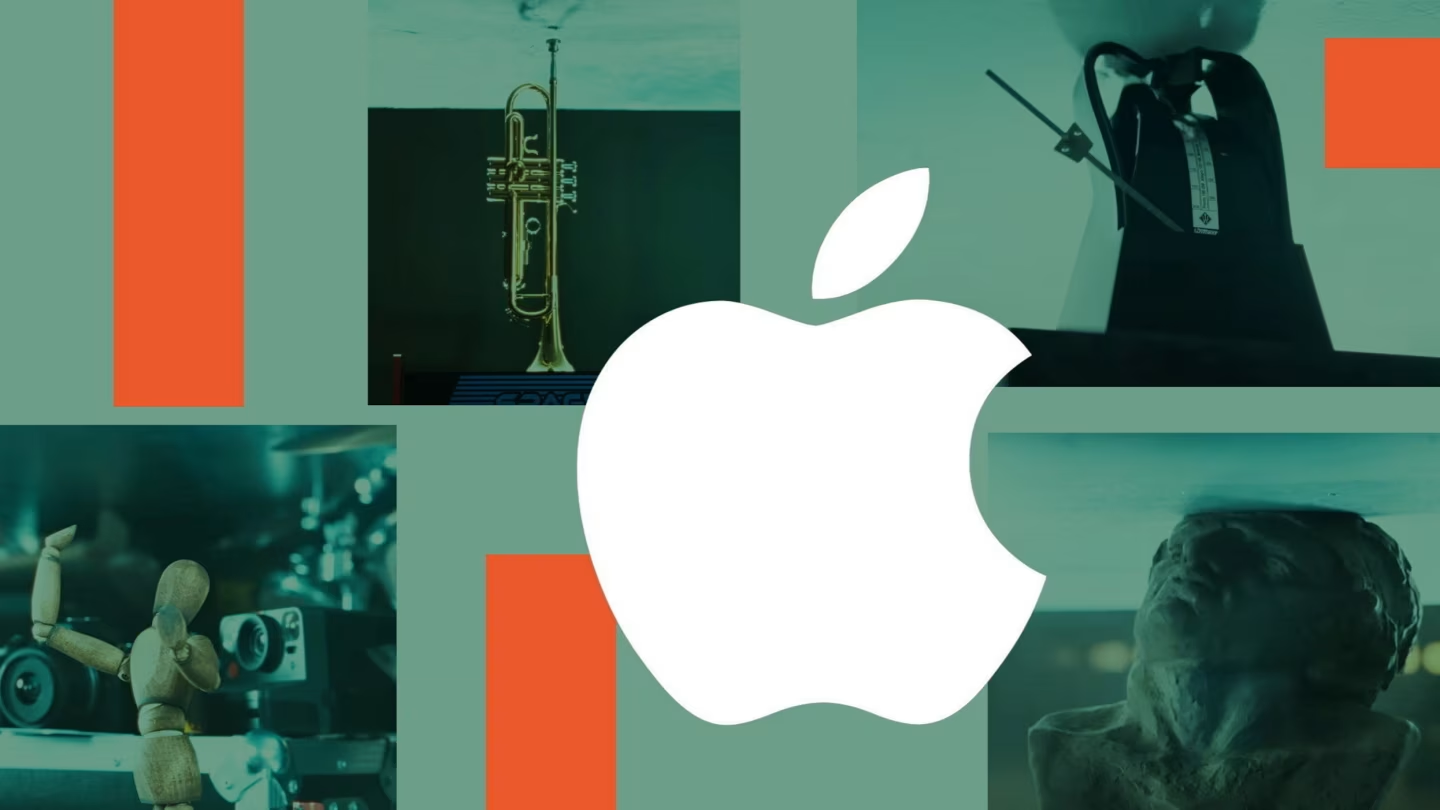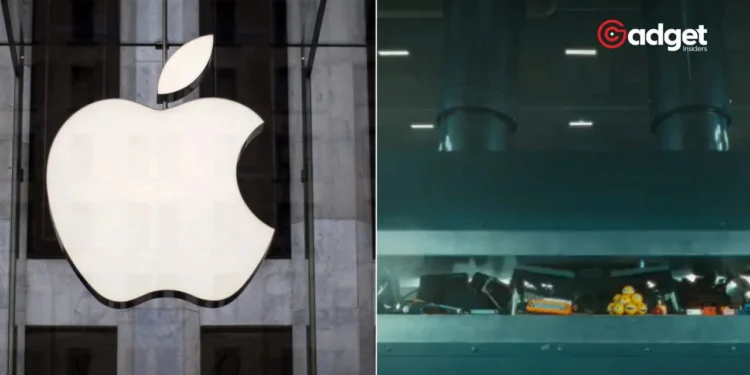In a move that stirred significant controversy, Apple recently faced a wave of criticism for its latest advertising campaign, which featured an array of creative tools, including musical instruments and books, being crushed under a hydraulic press. The backlash has prompted a public apology from the tech giant, underscoring a rare misjudgment in its usually celebrated marketing strategies.

The one-minute-long advertisement intended to showcase the compact power of the latest iPad, compressing vast creative potential into its slim design. However, the execution fell flat, provoking a strong reaction from both the public and high-profile figures.
Hugh Grant and Justine Bateman were among the celebrities who expressed their dismay, viewing the advert as a metaphor for how technology, particularly in the hands of major corporations like Apple, might be stifling rather than fostering creativity.
“Our goal is to always celebrate the myriad ways users express themselves and bring their ideas to life through iPad. We missed the mark with this video, and we’re sorry,” stated Tor Myhren, Apple’s VP of Marketing Communications.
This sentiment was echoed in an apology issued through marketing publication Ad Age, where Apple conceded that the advert did not achieve its intended purpose of empowering and celebrating creatives.
The Backlash from the Creative Community
The advert not only sparked debates over the representation of creativity in advertising but also ignited discussions about the broader implications of technology on artistic expression.
Actor Hugh Grant criticized the campaign as “the destruction of the human experience, courtesy of Silicon Valley,” a sharp rebuke that highlights growing concerns about technology’s role in society.
Similarly, Justine Bateman, an actor and filmmaker who has been vocal about her skepticism towards artificial intelligence in cinema, described the ad as “crushing the arts.” This sentiment resonates with a larger unease within creative circles about AI and automation encroaching on creative professions.
Multi-platinum-selling songwriter Crispin Hunt likened the destruction of musical instruments in the advert to the burning of books, a powerful image that conjures historical acts of cultural vandalism.

A Misguided Message
The advertisement’s intended message was to illustrate the capabilities of the new iPad, emphasizing its ability to streamline complex creative tasks into a device that boasts impressive thinness and technological advancements.
It aimed to highlight features such as watching television programs, listening to music, and playing video games. However, the metaphor of crushing traditional creative tools under a hydraulic press was perceived by many as a grim portrayal of technology’s encroachment on creative fields.
Apple’s CEO Tim Cook also faced criticism for being tone-deaf after he promoted the iPad on X (formerly Twitter), asking people to “imagine all the things it’ll be used to create.” This post, in light of the controversial ad, seemed to exacerbate the sentiment that Apple was out of touch with the creative community it sought to applaud.

Apple: Learning from Feedback
Apple’s swift response to apologize after the backlash is indicative of its sensitivity to public perception and its recognition of the creative community’s vital role in its ecosystem. This incident serves as a reminder that even the most innovative companies can misstep, but the key lies in listening to and learning from the feedback.
As Apple moves forward, this episode will likely influence how it crafts its messages, aiming to more authentically connect with and support the creative expressions of its user base.










